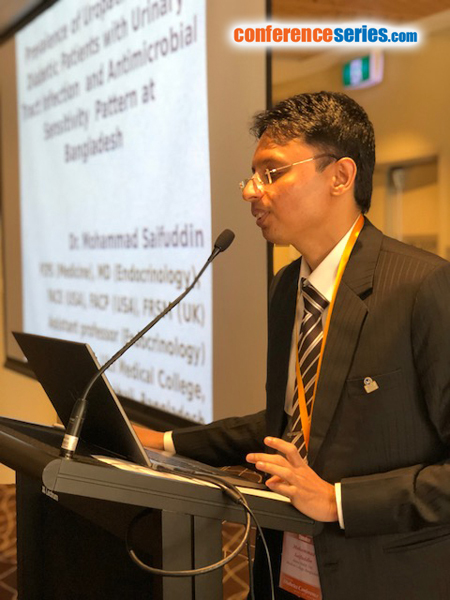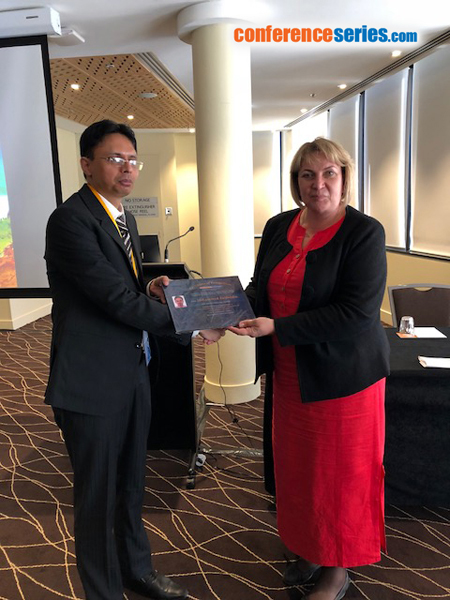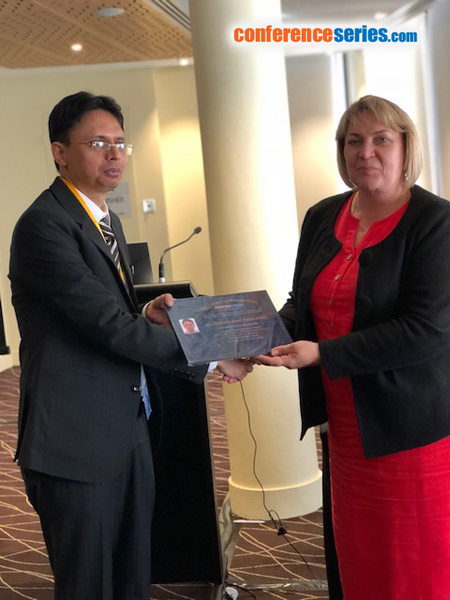
Mohammad Saifuddin
Abdul Malek Ukil Medical College, Bangladesh
Title: Antimicrobial sensitivity pattern of uropathogens in Diabetic patients with urinary tract infection at Bangladesh
Biography
Biography: Mohammad Saifuddin
Abstract
Patients with Diabetes Mellitus (DM) are prone to develop infection, especially Urinary Tract Infection (UTI) in comparison with non-diabetics. Due to the emergence of Multidrug Resistant (MDR) uropathogenic strains, the choice of antimicrobial agent is sometimes difficult. This study is designed to reveal the distribution of uropathogens in diabetic patients and corresponding sensitivity patterns and to correlate the microbiological results with various clinical parameters. A nine-month retrospective review of 100 urine culture reports of Diabetic patients from January 2015 to September 2015 from semi-urban multispecialty hospital of Feni, Bangladesh were analyzed. Only diabetic patients were included in this study who were clinically diagnosed as UTI patients with a corresponding urine culture showing a bacterial count of ˃105 CFU/ml. Out of 100 patients with UTI, 39 (39%) were male and 61 (61%) were female. Organisms grown in urine culture were Escherichia coli (64) followed by Klebsiella (11), Proteus (7), Staphylococcus aureus (4), Pseudomonas (4), Acinetobacter (3), Streptococcus (3), Enterococcus (2) and one each of Enterobacter and Fungi. Overall sensitivity pattern in decreasing order of various commonly used antibiotics were Meropenem (89%), Nitrofurantoin (86%), Amikacin (81%), Ceftriaxone (68%), Cefuroxime (61%), Cefixime (39%), Quinolones (28%) and Amoxicillin (16%). The significance of the study lies in the determination of common pathogens in diabetic patients with UTI and the resistance pattern of antibiotics so that physicians and pharmacists get the proper information rationalizing the rational use of antibiotics.






